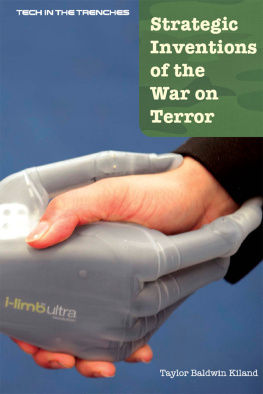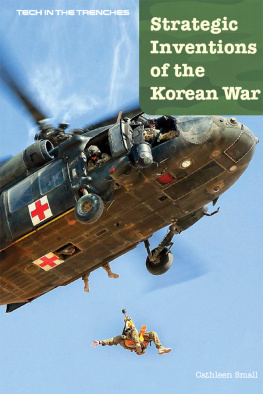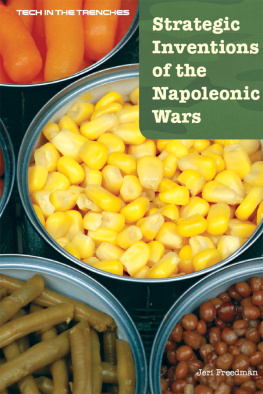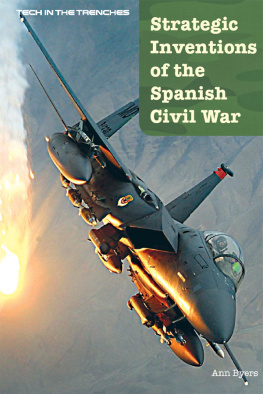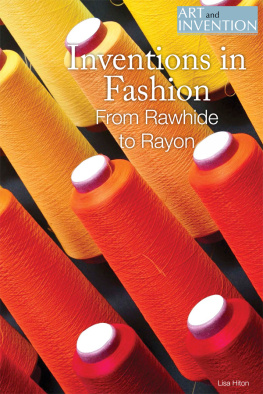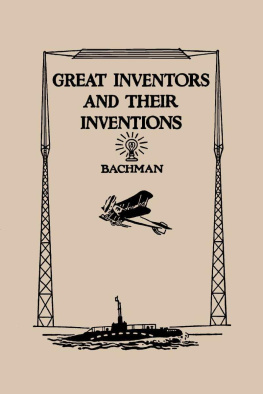Published in 2017 by Cavendish Square Publishing, LLC
243 5th Avenue, Suite 136, New York, NY 10016
Copyright 2017 by Cavendish Square Publishing, LLC
First Edition
No part of this publication may be reproduced, stored in a retrieval system, or transmitted in any form or by any meanselectronic, mechanical, photocopying, recording, or otherwisewithout the prior permission of the copyright owner. Request for permission should be addressed to Permissions, Cavendish Square Publishing, 243 5th Avenue, Suite 136, New York, NY 10016. Tel (877) 980-4450; fax (877) 980-4454.
Website: cavendishsq.com
This publication represents the opinions and views of the author based on his or her personal experience, knowledge, and research. The information in this book serves as a general guide only. The author and publisher have used their best efforts in preparing this book and disclaim liability rising directly or indirectly from the use and application of this book.
CPSIA Compliance Information: Batch #CW17CSQ
All websites were available and accurate when this book was sent to press.
Cataloging-in-Publication Data
Names: Kiland, Taylor Baldwin.
Title: Strategic inventions of the war on terror / Taylor Baldwin Kiland.
Description: New York : Cavendish Square, 2017. | Series: Tech in the trenches | Includes index.
Identifiers: ISBN 9781502623492 (library bound) | ISBN 9781502623508 (ebook)
Subjects: LCSH: Terrorism--Prevention--Juvenile literature. | Terrorism--Juvenile literature. | War on Terrorism, 2001-2009--Juvenile literature.
Classification: LCC HV6431.K54 2017 | DDC 363.325--dc23
Editorial Director: David McNamara
Editor: Kristen Susienka
Copy Editor: Nathan Heidelberger
Associate Art Director: Amy Greenan
Designer: Jessica Nevins
Production Coordinator: Karol Szymczuk
Photo Researcher: J8 Media
The photographs in this book are used by permission and through the courtesy of: Cover, p. 1 Leon Neal/AFP/Getty Images; p. 4 Sayyid Azim/AP Images; p. 9 Spencer Platt/Getty Images; p. 12 Benjamin Lowy/Getty Images; p. 14 Sovfoto/UIG/Getty Images; p. 19 Alain MINGAM/Gamma-Rapho/Getty Images; p. 21 Robert Nickelsberg/Hulton Archive/ Getty Images; p. 27 Erik Simonsen/Getty Images; p. 28 Airman 1st Class Ericka Engblom/ USAF/File:Airman 1st Class Matthew Hickle instructs a plane to land while completing a simulation on the Tower Simulation System.jpg/Wikimedia Commons; p. 34 Bluebay/ Shutterstock.com ; p. 38 Courtesy Compression Works LLC; p. 40 Tom Virgin for Talcott Mountain Science Center & Academy; p. 44 Dmitry Kalinovsky/ Shutterstock.com ; p. 48 USAF/File:MQ-1 Predator 97-3034 - Nellis AFB.jpg/Wikimedia Commons; p. 51 TIM SLOAN/AFP/Getty Images; p. 52 mark Higgins/ Shutterstock.com ; p. 59 scyther5/ Shutterstock.com ; p. 60 Carolyn Kaster/AP Images; p. 62 Petty Officer 3rd Class Ian Carver, U.S. Navy/File:Defense.gov News Photo 110802-NXK513-063 - U.S. Navy Petty Officer 2nd Class Eseosa Osemwota right instructs a group of Nigerian service members on the proper application of a tourniquet.jpg/Wikimedia Commons; p. 69 Courtesy Revmedx; p. 73 Andrew Burton/Getty Images News/Getty Images; p. 74 Esteban De Armas/ Shutterstock.com ; p. 79 NSA/File:National Security Agency headquarters, Fort Meade, Maryland. jpg/Wikimedia Commons; p. 81 The Guardian via Getty Images News/Getty Images; p. 84 Polaris/ Newscom; p. 90 John B. Carnett/Bonnier Corp./Getty Images; p. 93 Alex Mit/ Shutterstock.com .
Printed in the United States of America
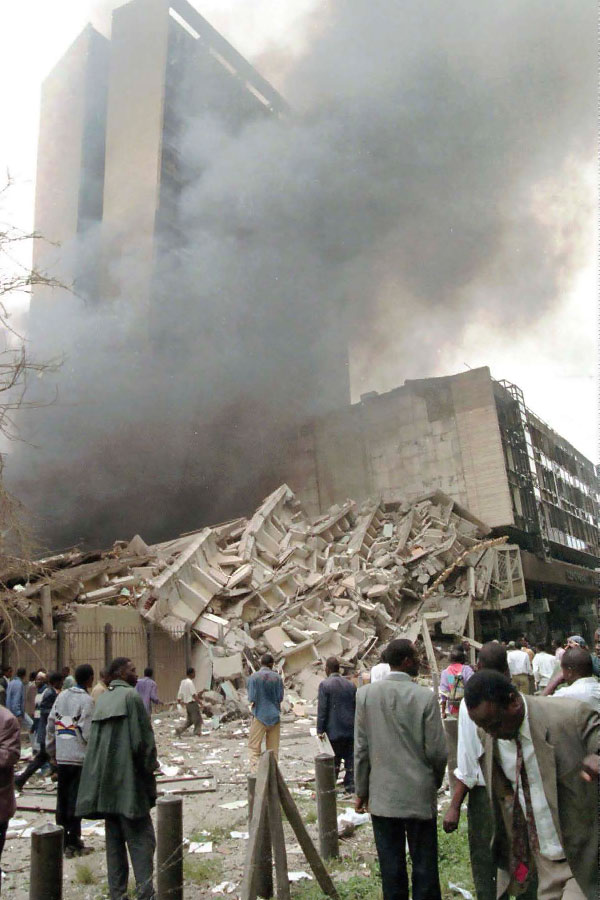
Shocked onlookers survey the damage to the US embassy in Nairobi, Kenya, on August 7, 1998.
INTRODUCTION
A Conflict Begins
O n the morning of August 7, 1998, two trucks heavily laden with explosives were simultaneously detonated in front of the United States embassies in Nairobi, Kenya, and Dar es Salaam, Tanzania, killing 213 people in Nairobi and 11 people in Dar es Salaam. Some 4,000 people were wounded in Nairobi and another 85 were wounded in Dar es Salaam. While the target seemed to be Americans working at the embassies, the vast majority of the casualties were Africans.
A man named Osama bin Laden and his terrorist organization, al-Qaeda, claimed responsibility. Who was he? What was al-Qaeda? Why did they want to kill Americans?
The timing of the attack was no accident. It had been exactly eight years since US troops had arrived in Saudi Arabia, during the early stages of the first Persian Gulf War, Operation Desert Storm. Bin Laden considered the presence of these troops in Saudi Arabia to be an offense against his religion, Islam, since Saudi Arabia is the home to two holy Muslim cities, Mecca and Medina. He also opposed the US presence in Yemen and Somalia, as well as the arrest, conviction, and imprisonment of several members of his organization.
He had issued two fatwas in the late 1990s, but no one paid much attention to him. A fatwa is a type of legal opinion or decree given by a person of the Islamic faith. It carries weight within Islam since it is usually issued by someone in a position of religious authority. The first was published in August 1996 and was a declaration of war against the Americans occupying the land of the two holy places. The second was published in February 1998 and announced a war against Jews and Crusaders, protesting US support of Israel and perceived attacks against Muslims in Somalia, Chechnya, and the Kashmir region. The fatwa called for Muslims around the world to kill Americans and their allies, but no one outside Saudi Arabia saw bin Laden as much of a threat.
After the two embassy bombings, however, the Federal Bureau of Investigation (FBI) immediately put bin Laden on its ten mostwanted fugitives list. In retaliation for the bombings, two weeks later, US president Bill Clinton ordered cruise missile attacks against suspected al-Qaeda hideouts in Afghanistan and Sudan.
But President Clinton was in the middle of his second term in office, and he was embroiled in a sex scandal after he denied and then admitted having an affair with a White House intern. The scandal was occupying the publics and the medias attention. An obscure Saudi Arabian Islamic militant who spewed hatred for Americans did not warrant much media coverage, and the fatwas did not seem to alarm many Americans at the time.
Meanwhile, nineteen members of al-Qaeda were living in San Diego, South Florida, and Arizona. They arrived between 1999 and early 2001, and rented apartments together and took commercial flying lessons. They came from Saudi Arabia, the United Arab Emirates, Egypt, and Lebanon. Over the years, they quietly honed their flying skills and their knowledge of the English language. They met with Osama bin Laden in Afghanistan and other al-Qaeda leaders in Kuala Lumpur, Malaysia, in 1999. The leader of the group, named Mohamed Atta, flew to Spain in July 2001 and met with other al-Qaeda leaders. The National Security Agency (NSA) intercepted phone calls between these men about their meetings and the planning that was occurring at these meetings. The Central Intelligence Agency (CIA) learned that these men had applied for and obtained US visas. The FBI had heard that strange things were going on at flight schools in the United States. But the three agencies failed to share all the information they were collecting. No one had a complete pictureonly pieces of the puzzle. Many US

